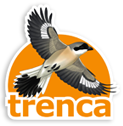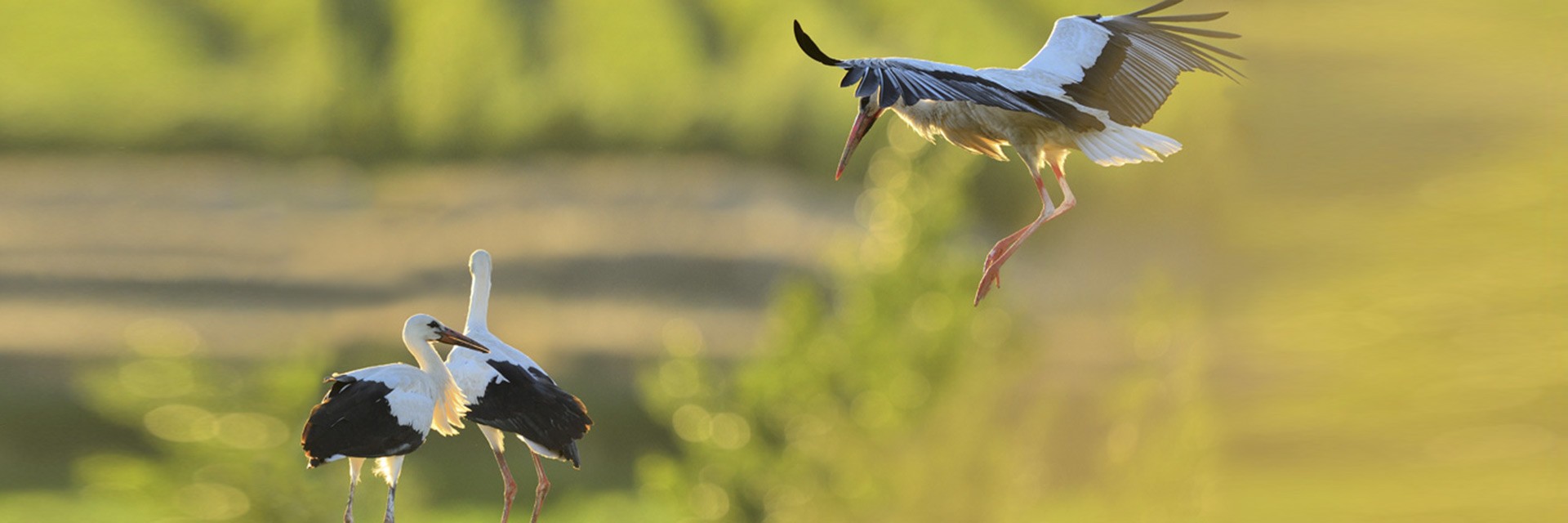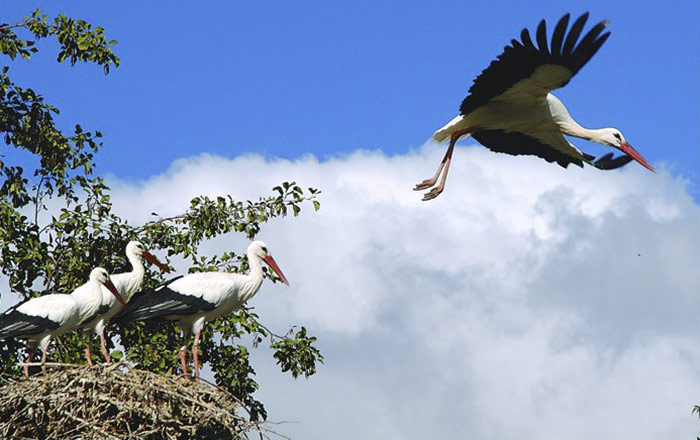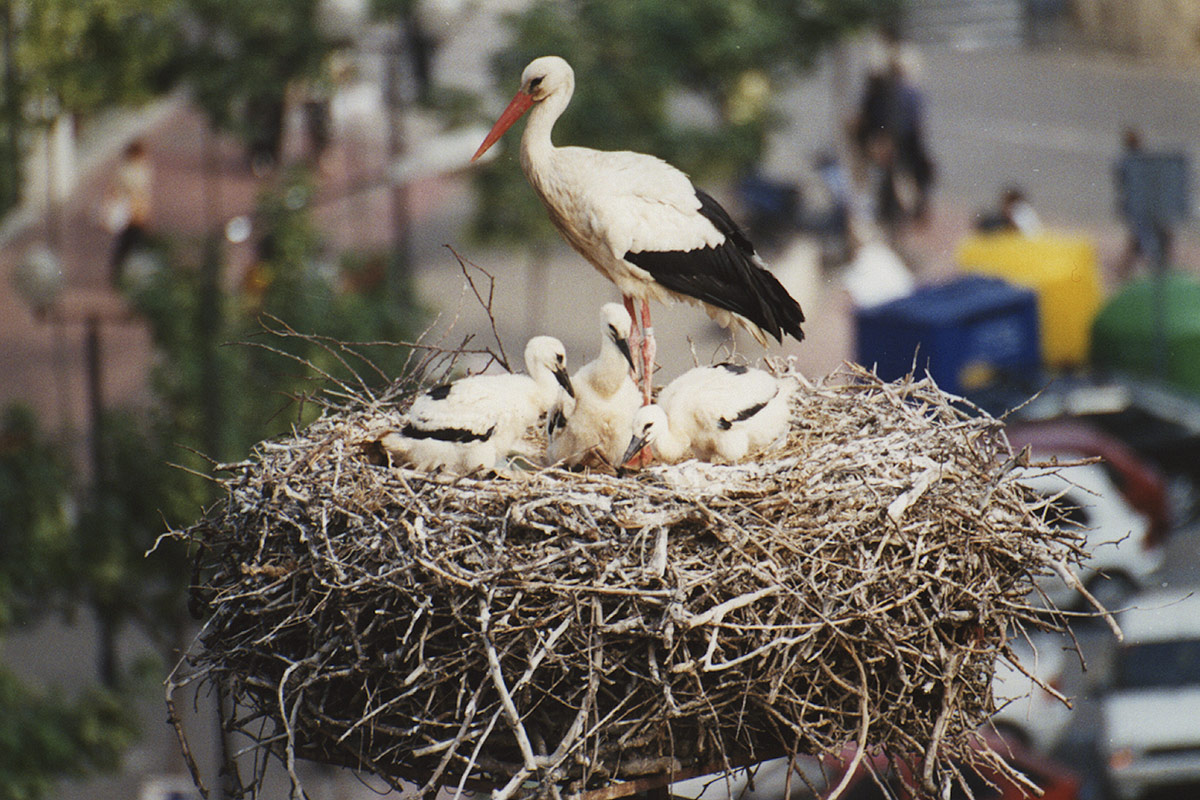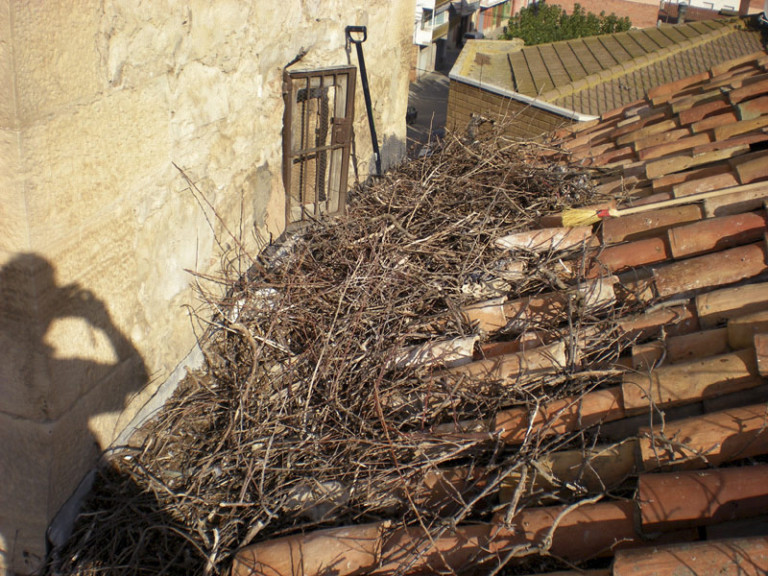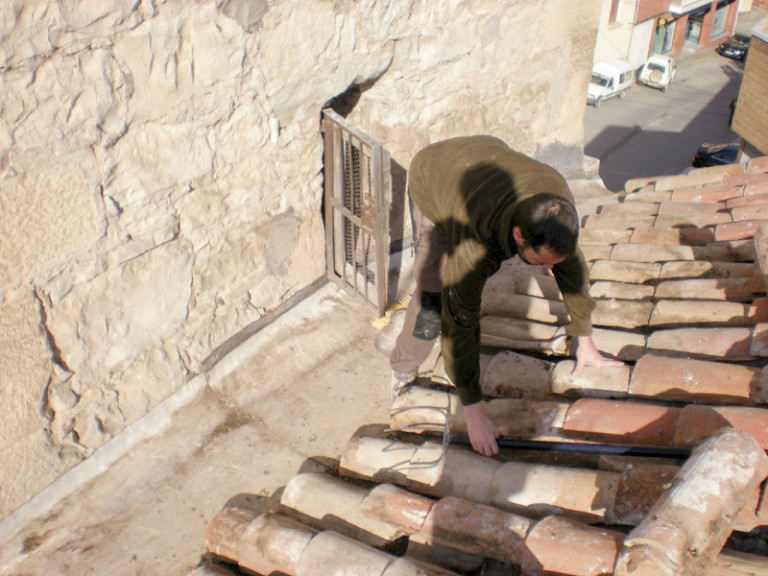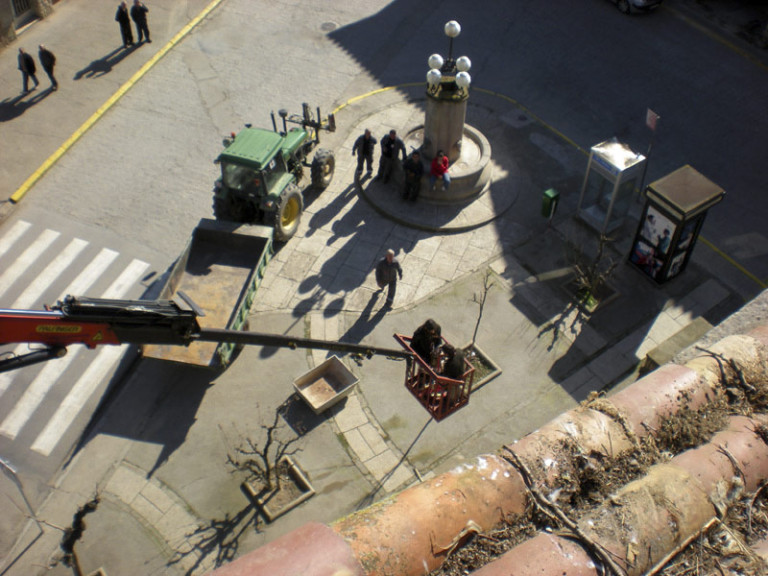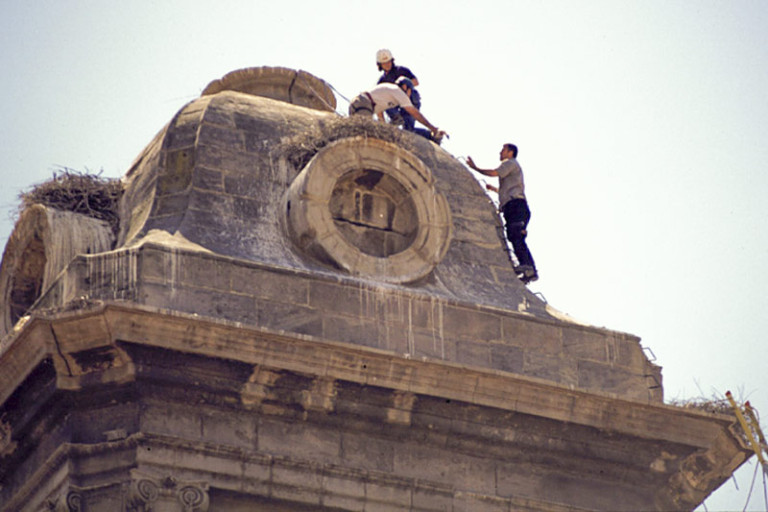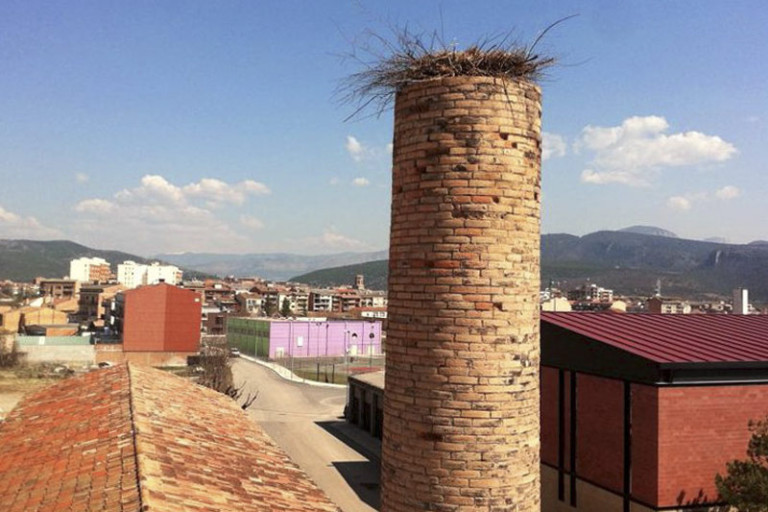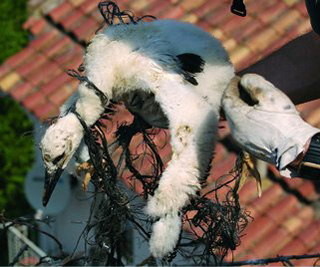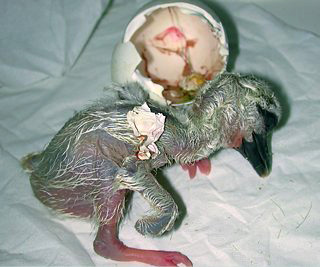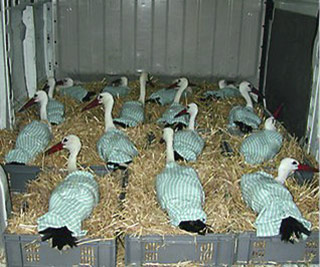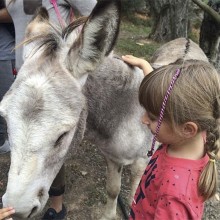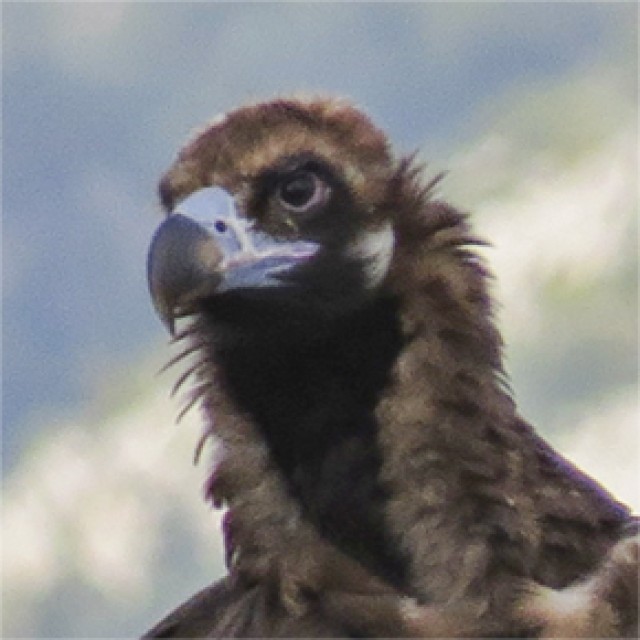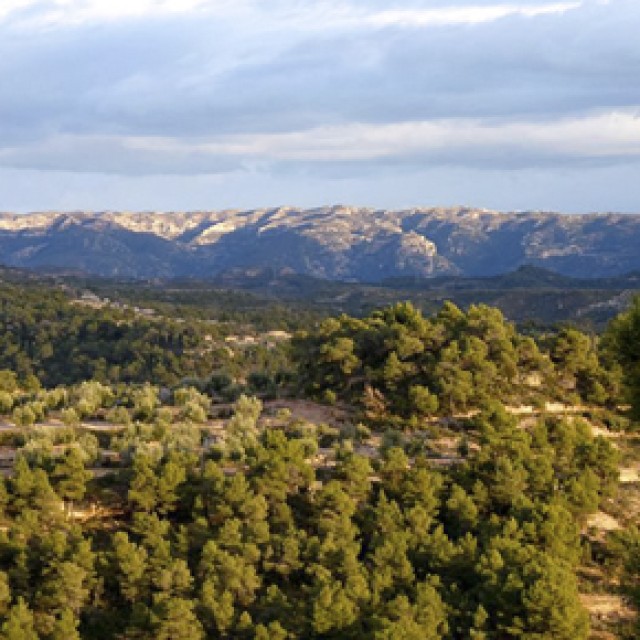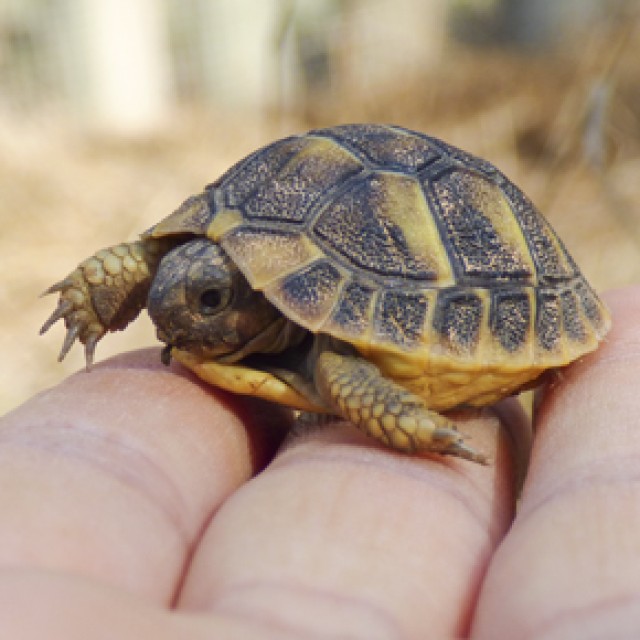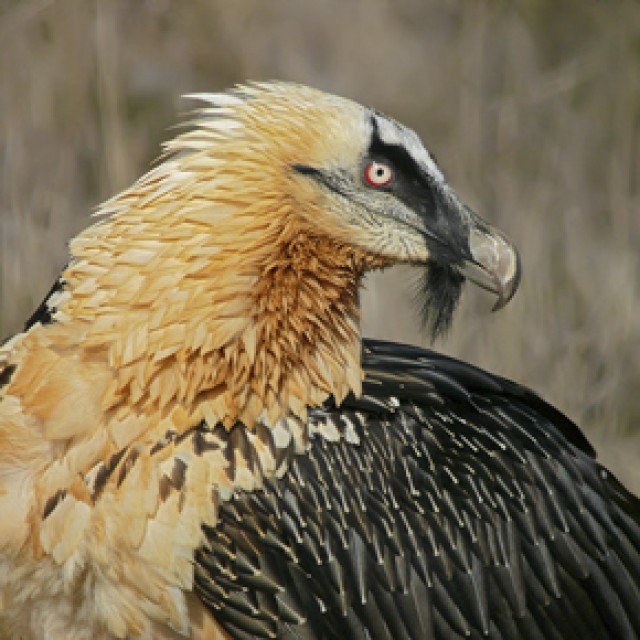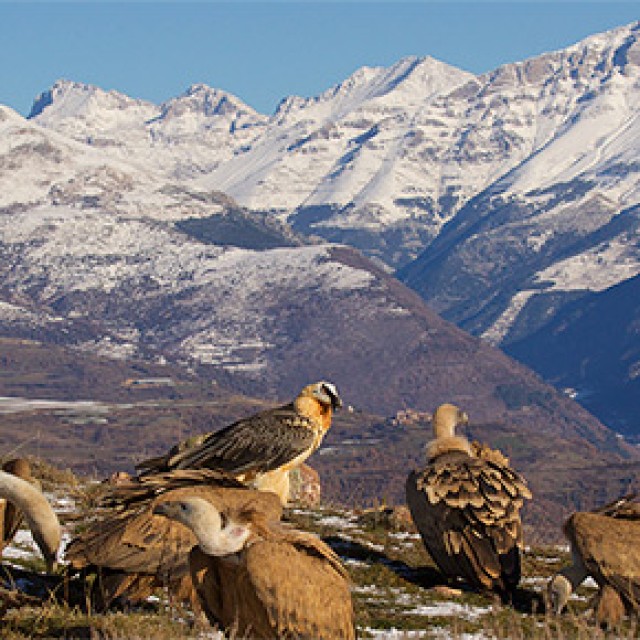The White Stork is a legally protected species that has recovered strongly on the plain of Lleida. With the increasing number of white storks and the interaction of this species with human beings (most of the nest are located in urban areas), a series of actions is carried out aimed to conserve this bird and at the same time to achieve a great cohabitation between people and white storks in urban areas.
The action and conservation plan for the White Stork in Catalonia is designed and directed by the Departament d’Agricultura, Ramaderia, Pesca, Alimentació i Medi Natural (Agriculture, Livestock, Fisheries, Food and Environment Department), from the Autonomus Government of Catalonia. It does mainly field research on the biology of the species and takes different actions regarding the nests and chicks. During the breeding season, breeding success of the pairs is monitored. This control allows to quickly detect incidents with respect to chiks growth and condition and act if necessary.
The objectives are:
- To know as much as possible about the White Stork population status and evolution in Catalonia
- To facilitate the good acceptance of nests and the presence of the white stork in human population centres
- To increase the survival rates of the White Stork chicks, attempting to minimize their mortality, for instance, by rescuing the caganiu (Cat.) or caganido (Cast.), the smallest chick of a nest.
While cleaning and removing a White Stork nest location. © Trenca
Actions on white stork nests and chicks are carried out together with the Wildlife Centre of Vallcalent. Regarding the white stork nests we can do basically three different kinds of actions:
- cleaning of he roof of a building where there is a nest
- cleaning of the place and also removing the nest
- building and placing new nests
Interventions are done in cases of strings threatening stork chicks (a) or eggs that must be removed because of an accident, that will be artificially incubated.
All rescued and rehabilitated chicks are afterwards transported and reintroduced in other parts of Catalonia or the Iberian Peninsula.



